Solved! What to Do
About Cracks in Concrete
Not all cracks are the same and it is important to know the different types of cracks, what causes them, and how to fix them. In this post, we are going to identify six of the most common concrete cracks, their issues, and how we can repair them. Some cracks are truly just an eyesore, and for some people that is enough motivation they need to start repairing the surface, other cracks cause serious expensive issues that need immediate attention. The less serious cracks can be repaired with a DIY kit but other cracks, bigger ones, should be handled by a professional, to ensure that the damage does not extend further.
Six cracks, how they’re caused, and how to fix them:
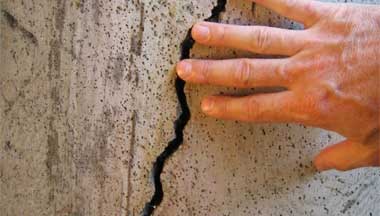
Plastic shrinkage cracks
water is a big issue when it comes to pouring concrete and if it is not done correctly or by a professional then chances of these cracks occurring increase dramatically. When there is too much water in the concrete mixture there is too much shrinkage during the drying process. Another issue with plastic cracks is the fact that continue to grow and become much bigger problems if they aren’t properly taken care of.
- Some repair options would be a structural concrete solution where the epoxy coating is poured onto the concrete surface.
- You can grind the crack out and provide a different type of sealer or filler for that area of the concrete surface.
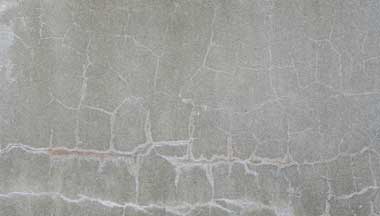
Expansion Cracks
when materials heat up, they expand and that will happen with any type of material, including concrete. When things expand, like concrete, for example, they push on the things that are around them and if those items do not move then the concrete will begin to crack. Expansion joints act as barriers to help relieve pressure for the concrete while it expands and prevent cracking. A way to repair this issue would be:
- Use a filler that helps effectively fill a crack and expansion joint in concrete.
- Epoxy concrete repair for these areas is typically easy and non-time consuming
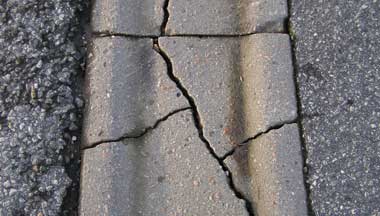
Heaving Cracks
The freeze-thaw cycle is not a concrete surfaces friend. This constant movement of shrinkage and expansion creates large cracks as your concrete rises and falls. One process that is used in areas where this is unavoidable is:
- Putting a footing into the soil
- A bell-shaped fitting is installed, and this will stop your concrete from moving when the temperature changes
- The final product is a reinforced concrete solution
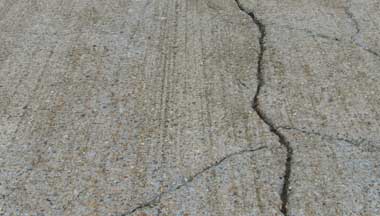
Settling Cracks
If the area where a new foundation has lain is not fully installed, voids are left, and cracks begin to occur. Air bubbles are left in your surfaces foundation and as the concrete settles it begins to crack as a result.
- One option in fixing settling cracks would be to install a system that connects the slab to stable soil.
- Another option to fixing settling cracks would be with high-density foam or filler that helps consolidate the space between the concrete and the surface.
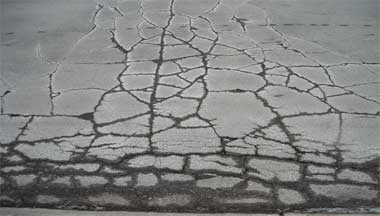
Cracks caused by overloading
Concrete is strong, but it does have its limits and if your slab is not equipped to handle over 2000 psi then the slab will crumble.
- If you have an area that will experience or even has the possibility of experiencing extra weight, epoxy coating is a great way to strengthen that concrete area.
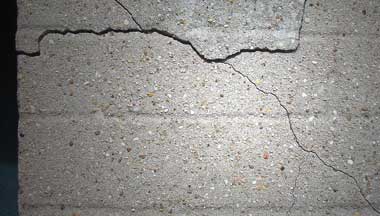
Cracks caused by premature drying:
spiderweb cracks are common in areas that have lost moisture too quickly.
- The best way to avoid these issues is by having your concrete professionally installed.
Concrete cracks, it is strong, but it will crack. The best thing to do when installing a concrete surface is to ensure that the mixture is perfect and that a professional is doing the work. Eventually, the concrete slab will crack but to avoid mishaps, call the professionals.
